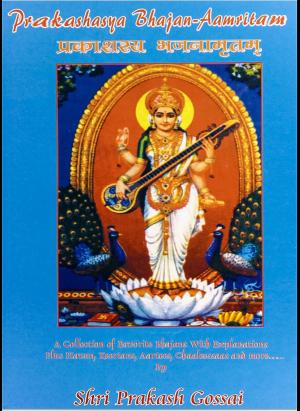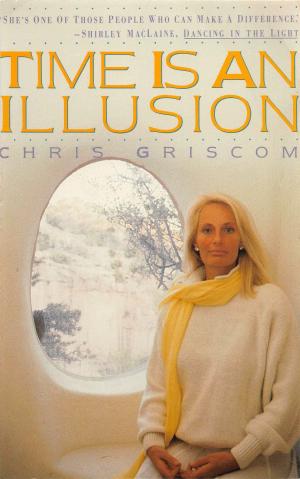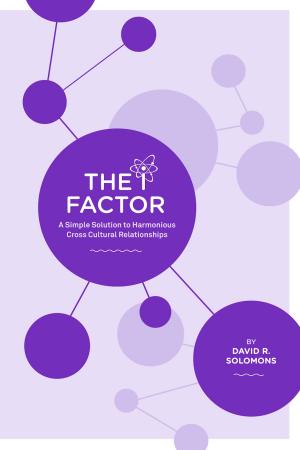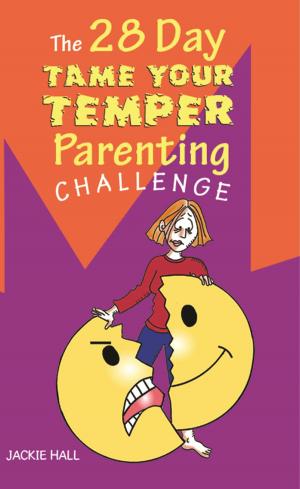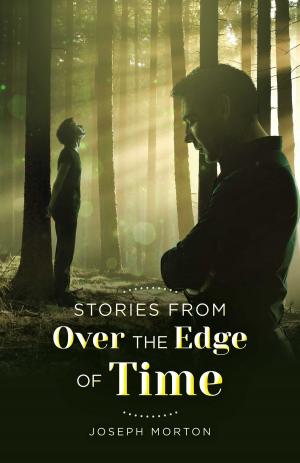Keeping the Tao Torch Alight
Berne After Reading
Business & Finance, Career Planning & Job Hunting, Consulting| Author: | Sari van Poelje | ISBN: | 9781543919233 |
| Publisher: | BookBaby | Publication: | December 1, 2017 |
| Imprint: | BookBaby | Language: | English |
| Author: | Sari van Poelje |
| ISBN: | 9781543919233 |
| Publisher: | BookBaby |
| Publication: | December 1, 2017 |
| Imprint: | BookBaby |
| Language: | English |
Using state-of-the-art articles on the theory and application of transactional analysis in organisations, you can learn how to develop leaders using the hero’s journey, how to create commitment and positive culture, and how to understand how to work with scripts and roles through coaching. Six internationally-acclaimed authors share their methods for implementing change with leaders, teams and businesses. The first in the Intact series of organizational TA books, Keeping the Tao Torch Alight: Berne After Reading is a co-creation of some of the presenters at the Montreal Organizational Symposium in 2010. Each article offers a unique contribution to organizational transactional analysis. Sari van Poelje’s article is about your hero’sjourney. Within transactional analysis script is depicted as a drama, oftenleading to a negative pay-off. However scripts are as much our success storiesas our dramas. In this article wewill explore script as a hero’s journey, a transformational path leading topositive pay-offs Understanding the twelve steps of this journey, can lead to ameaningful reinterpretation of your life. Nelly Micholt’s article is on organizationalroles. Role flexibility has become essential for organizational survival. Arole is a set of behaviours and attitudes linked to a certain position in asocial interaction. People in organizations occupy multiple rolessimultaneously – formal positional roles, informal persona’s and personal egostate roles. The context activates ourrole ranking and influences the outcomes of our transactions. In this article we explore the concept ofrole diamond, its many facets and pathologies. Understanding our role diamondhelps activate the appropriate role in interaction with others. Jacues Moreau's article gives a mythologicalview of group script. Unconscious group myths influence the strategic,commercial, financial and professional behaviours of group members. In this article we explore the three levelsof myth, from the founders myth, to the identification myth to the myth of hopethat gives direction in a group. These myths provide an optimal solution to thedilemmas of individual, collective andenvironmental positioning. In this article several methods to work on the groupmyths are explored. Lucy Freedman’s article is on changing the organisational culture to an OKorganization. A radical concept in transactional analysis is that peopleare fundamentally OK, even if their behaviour may not always be OK. Ideally anorganizational culture supports the sense of OK-ness of its members. In thisarticle we explore factors that help and hinder OK-ness at the individual,interpersonal and group level. Understanding the importance of contracting,feedback, and trusting leadership will enhance the OK-ness in yourorganization. Valerie Redman’s article is on commitment inorganizations. Commitment simply means being involved, doing the best you can and followingthrough. Nowadays there is often under commitment leading to indifference or overcommitment, which can lead to burnout. Affective commitment makes an employee more performing. In this article a 7C assessment tool foraffective commitment provides a quick evaluative tool. Sandra Wilson’s article is on TA psychodynamic coaching.Coaching is an insight and action oriented developmental intervention to help aclient become more effective in their environment. In this article we willexplore a TA psychodynamic approach to coaching, with a focus on the linkbetween unconscious inner world and the conscious external behaviours. Linking the conscious with unconscious awareness makes the results of coaching sustainable. These articles will give you an innovative perspective on transactional analysis in organizations,providing new concepts to make sense of organisational structure and dynamics.
Using state-of-the-art articles on the theory and application of transactional analysis in organisations, you can learn how to develop leaders using the hero’s journey, how to create commitment and positive culture, and how to understand how to work with scripts and roles through coaching. Six internationally-acclaimed authors share their methods for implementing change with leaders, teams and businesses. The first in the Intact series of organizational TA books, Keeping the Tao Torch Alight: Berne After Reading is a co-creation of some of the presenters at the Montreal Organizational Symposium in 2010. Each article offers a unique contribution to organizational transactional analysis. Sari van Poelje’s article is about your hero’sjourney. Within transactional analysis script is depicted as a drama, oftenleading to a negative pay-off. However scripts are as much our success storiesas our dramas. In this article wewill explore script as a hero’s journey, a transformational path leading topositive pay-offs Understanding the twelve steps of this journey, can lead to ameaningful reinterpretation of your life. Nelly Micholt’s article is on organizationalroles. Role flexibility has become essential for organizational survival. Arole is a set of behaviours and attitudes linked to a certain position in asocial interaction. People in organizations occupy multiple rolessimultaneously – formal positional roles, informal persona’s and personal egostate roles. The context activates ourrole ranking and influences the outcomes of our transactions. In this article we explore the concept ofrole diamond, its many facets and pathologies. Understanding our role diamondhelps activate the appropriate role in interaction with others. Jacues Moreau's article gives a mythologicalview of group script. Unconscious group myths influence the strategic,commercial, financial and professional behaviours of group members. In this article we explore the three levelsof myth, from the founders myth, to the identification myth to the myth of hopethat gives direction in a group. These myths provide an optimal solution to thedilemmas of individual, collective andenvironmental positioning. In this article several methods to work on the groupmyths are explored. Lucy Freedman’s article is on changing the organisational culture to an OKorganization. A radical concept in transactional analysis is that peopleare fundamentally OK, even if their behaviour may not always be OK. Ideally anorganizational culture supports the sense of OK-ness of its members. In thisarticle we explore factors that help and hinder OK-ness at the individual,interpersonal and group level. Understanding the importance of contracting,feedback, and trusting leadership will enhance the OK-ness in yourorganization. Valerie Redman’s article is on commitment inorganizations. Commitment simply means being involved, doing the best you can and followingthrough. Nowadays there is often under commitment leading to indifference or overcommitment, which can lead to burnout. Affective commitment makes an employee more performing. In this article a 7C assessment tool foraffective commitment provides a quick evaluative tool. Sandra Wilson’s article is on TA psychodynamic coaching.Coaching is an insight and action oriented developmental intervention to help aclient become more effective in their environment. In this article we willexplore a TA psychodynamic approach to coaching, with a focus on the linkbetween unconscious inner world and the conscious external behaviours. Linking the conscious with unconscious awareness makes the results of coaching sustainable. These articles will give you an innovative perspective on transactional analysis in organizations,providing new concepts to make sense of organisational structure and dynamics.

